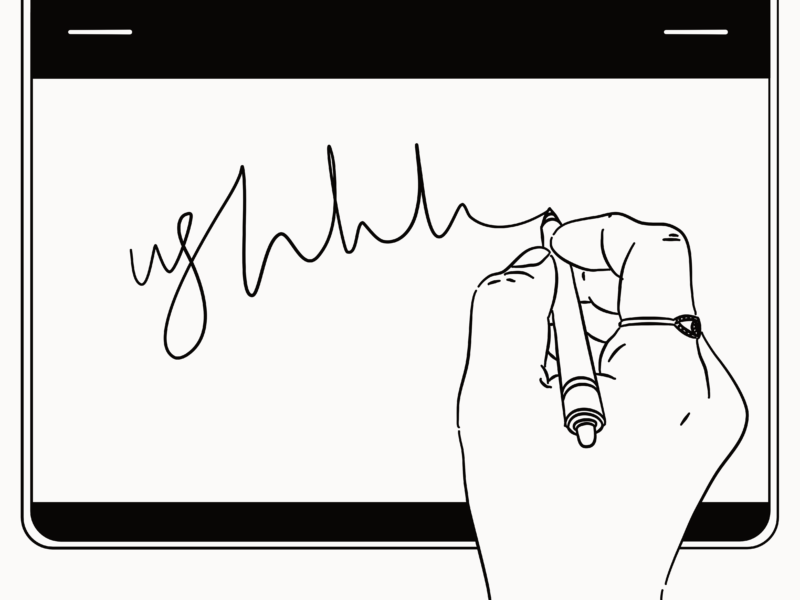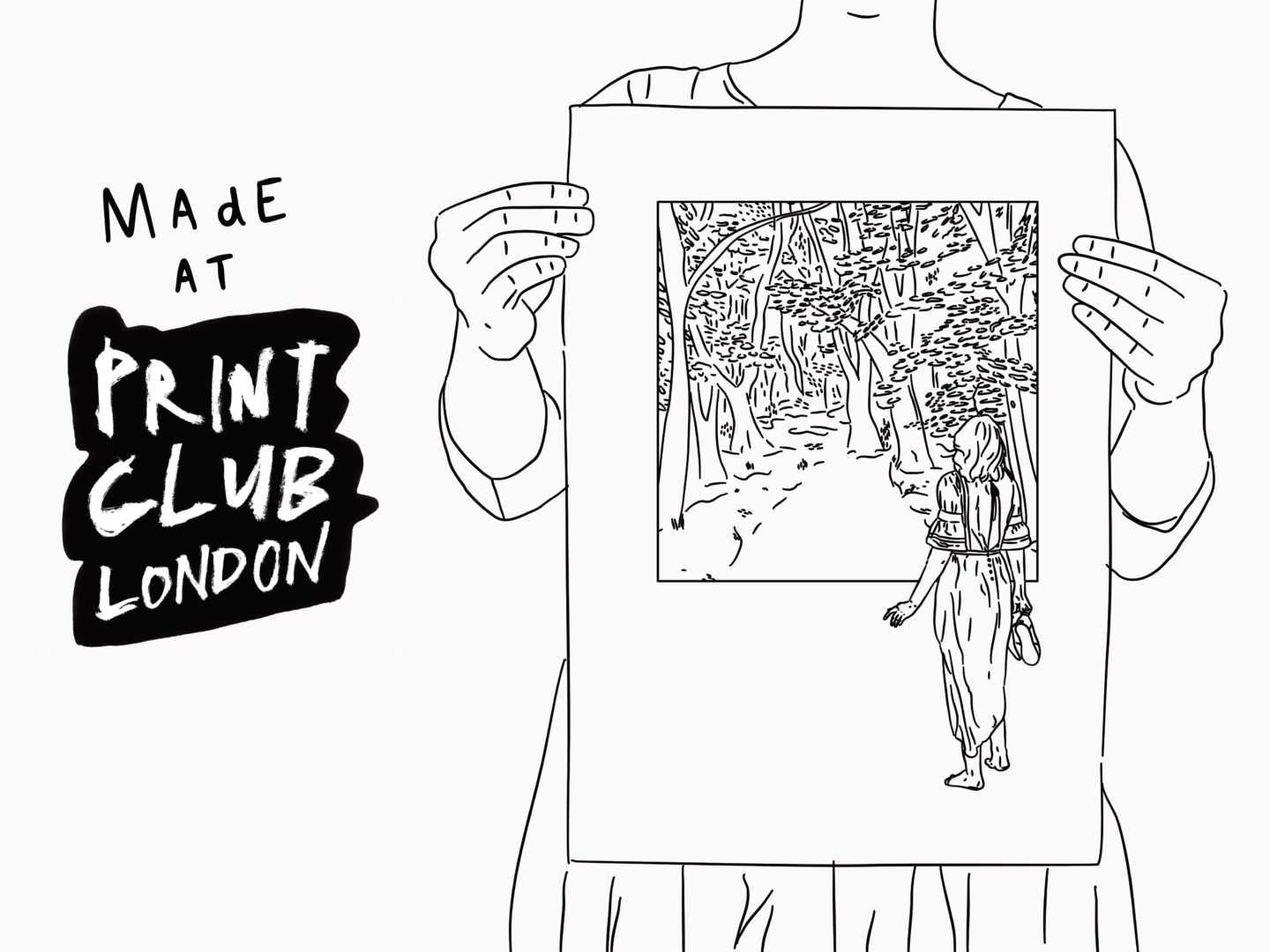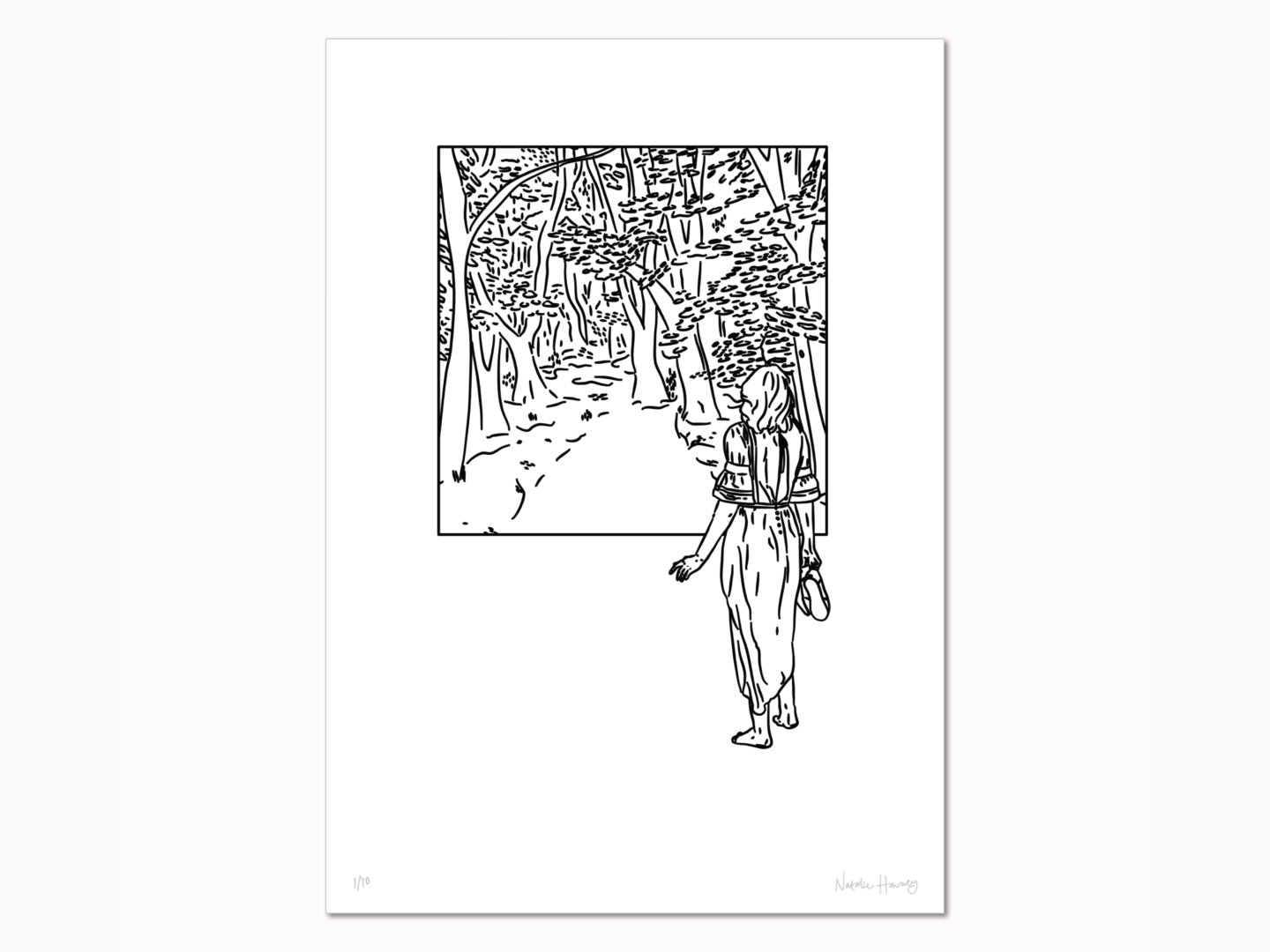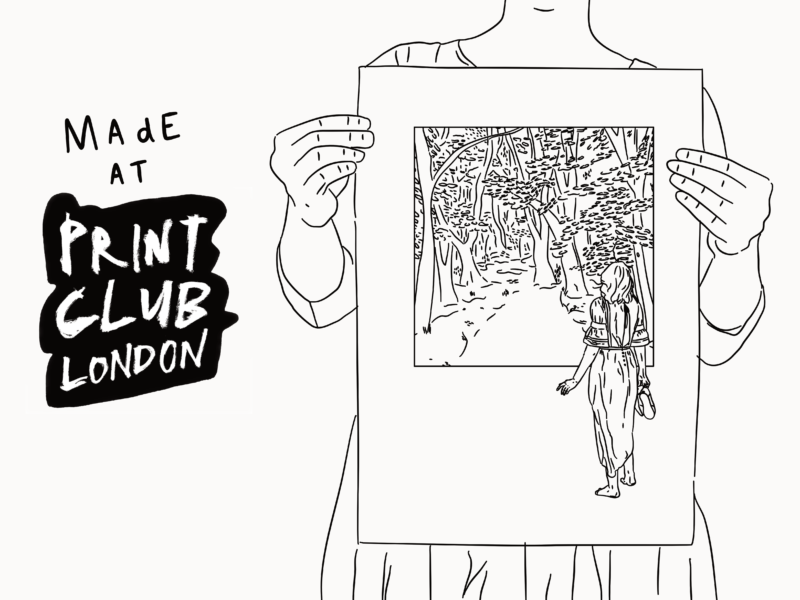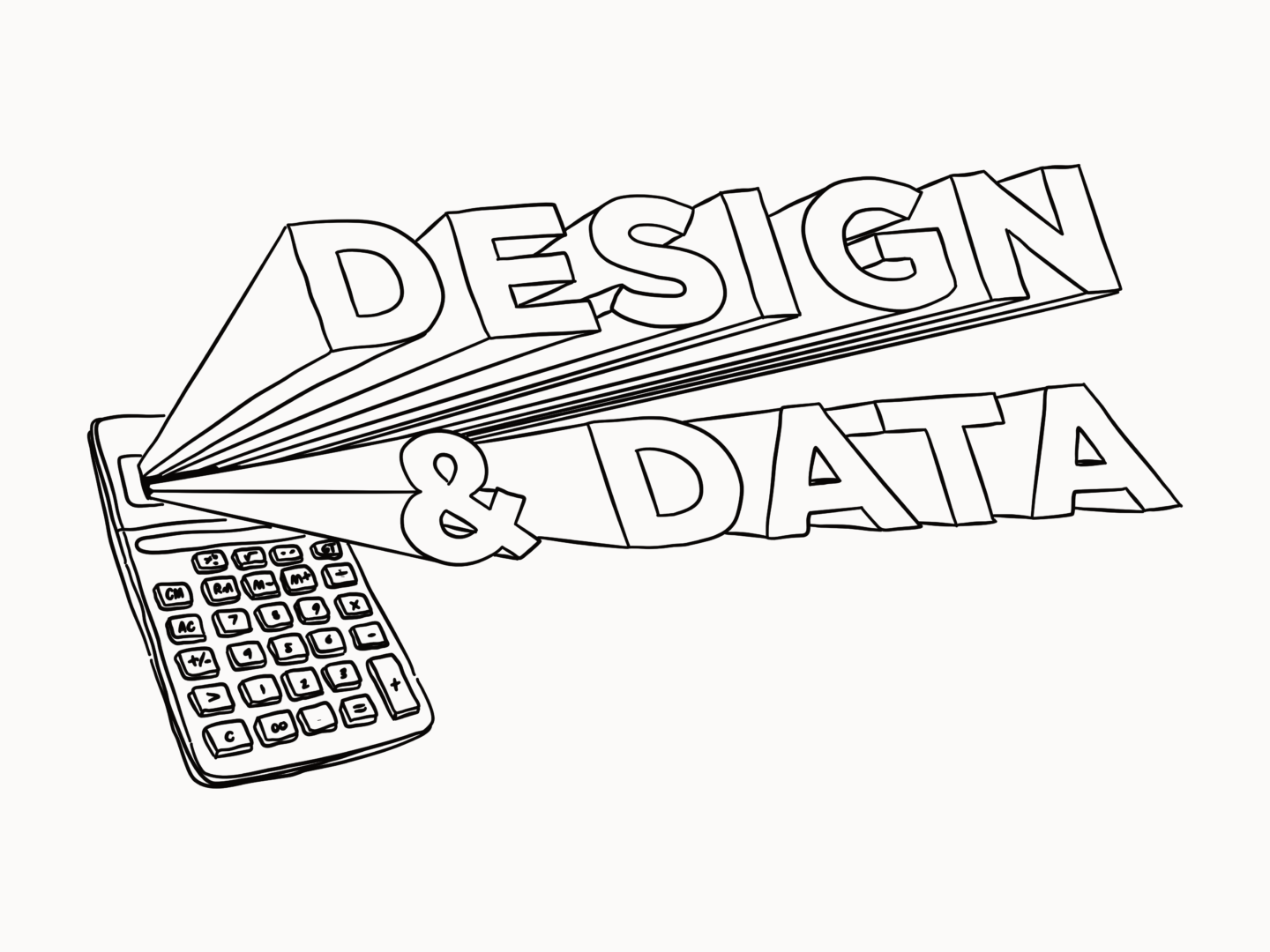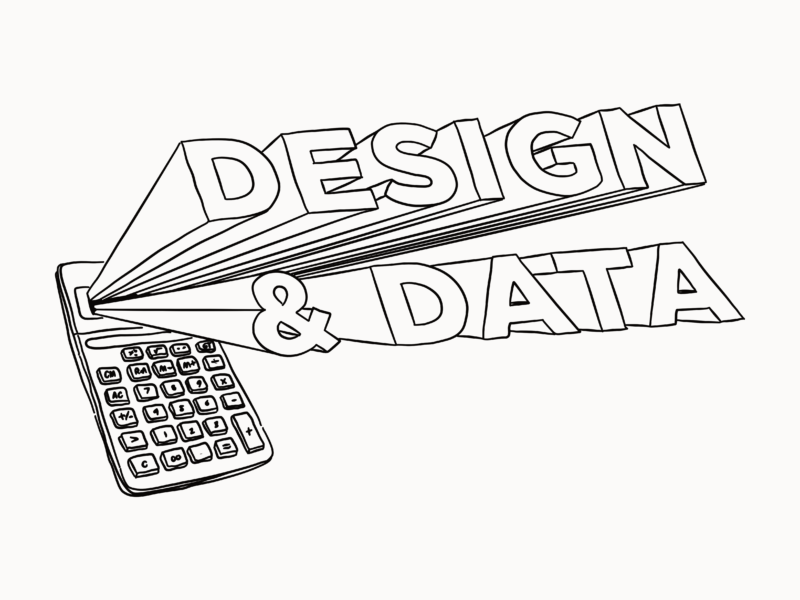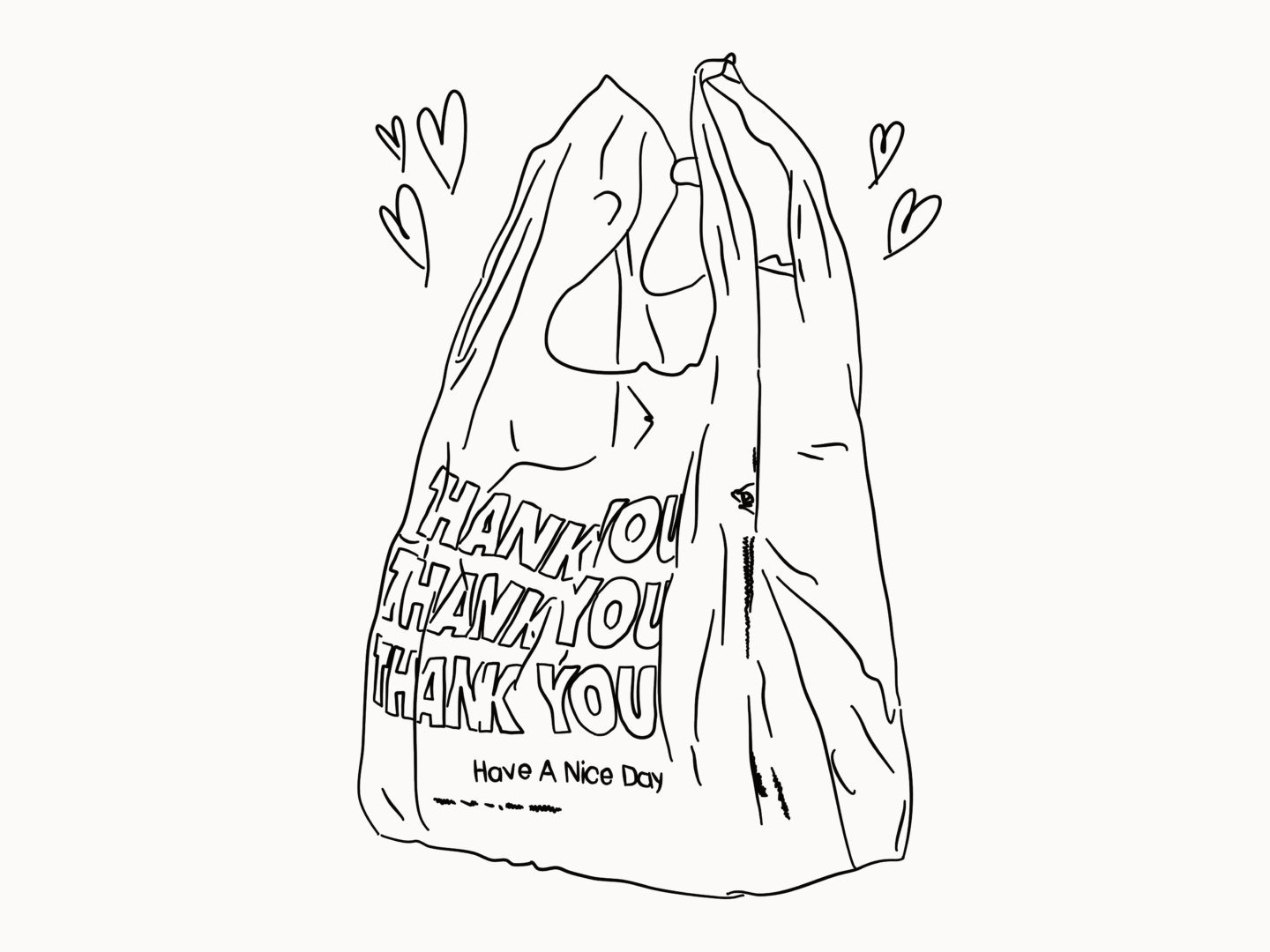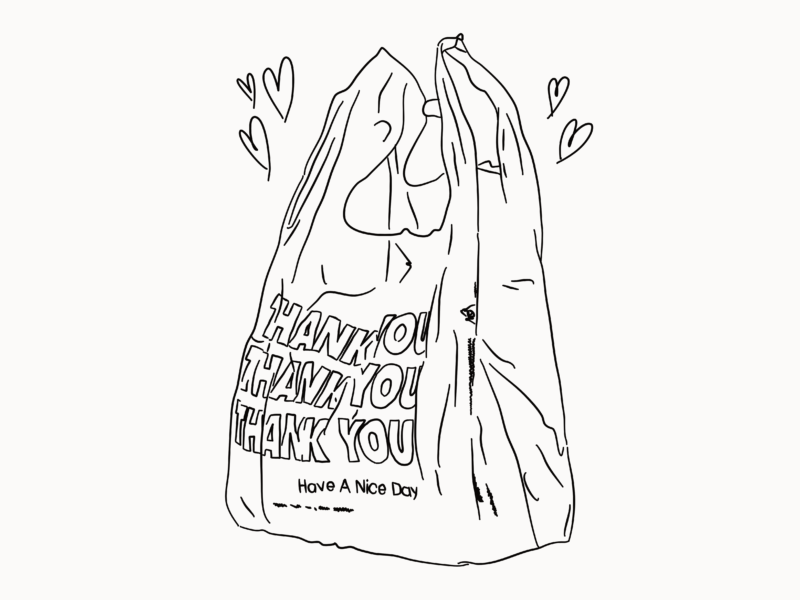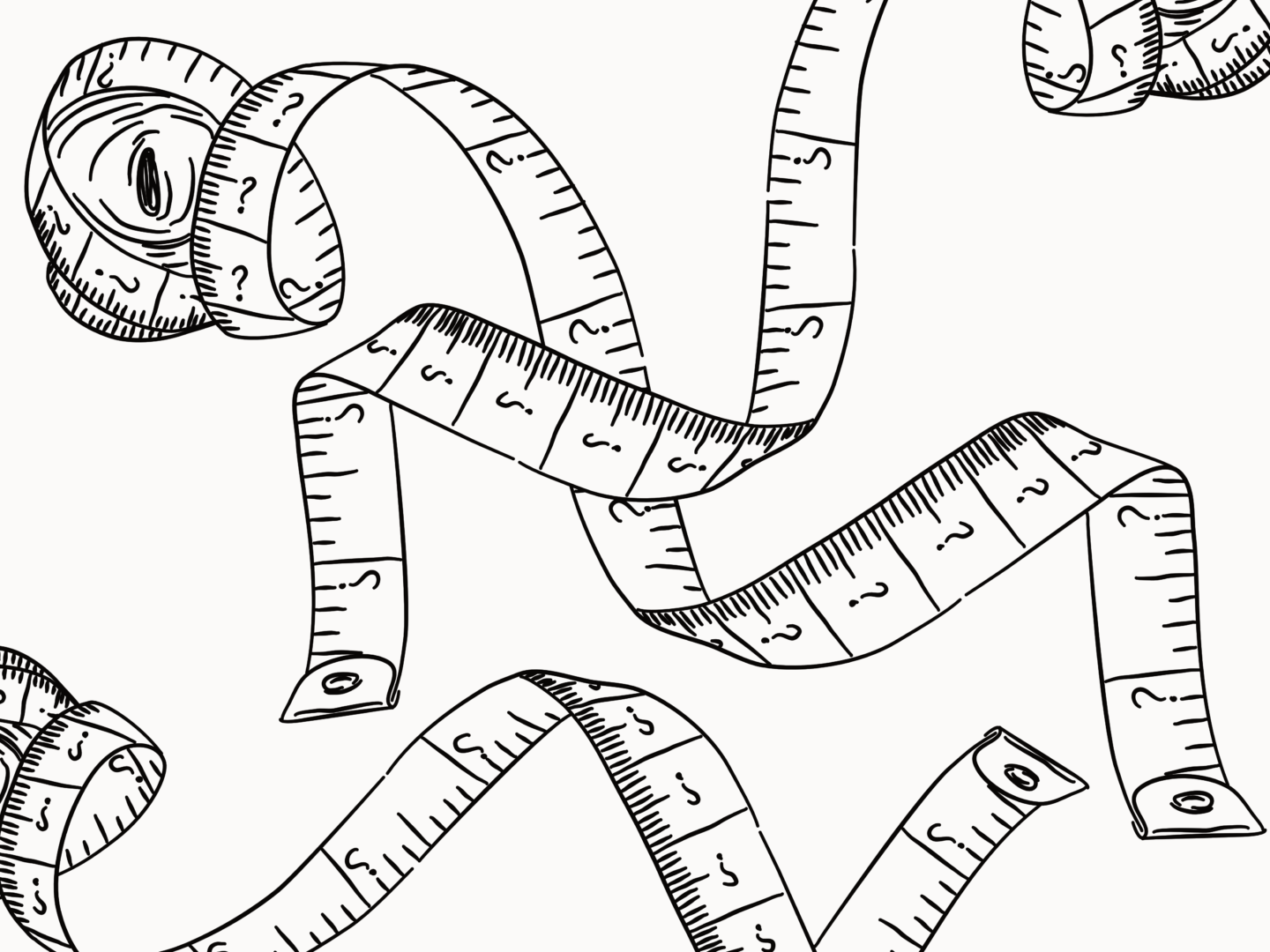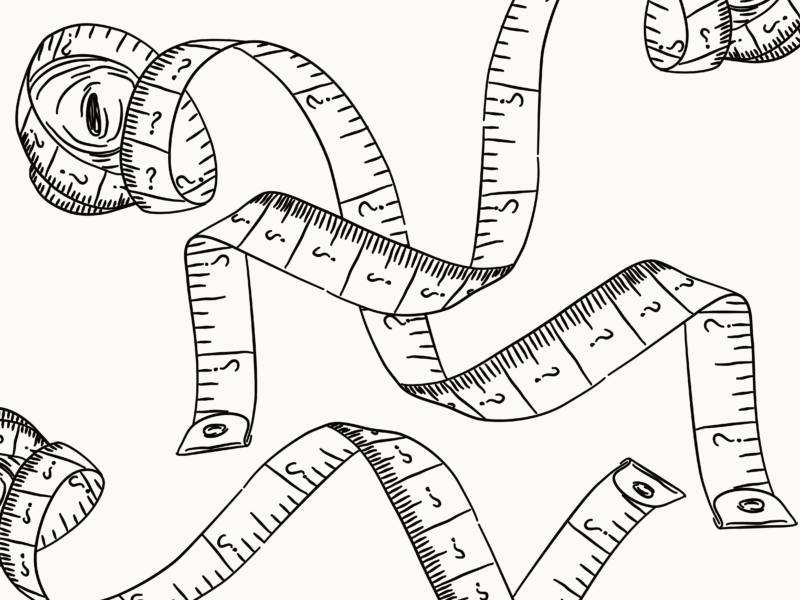Today I’m not really sharing any advice or tips. Ordinarily, I tell you lessons I’ve learned or I share work I’m really proud of creating. Instead, today, I’m putting a few things I suck at out there, because I think it’s important to un-curate what we share online every once in a while.
Here are a few things I still suck at drawing
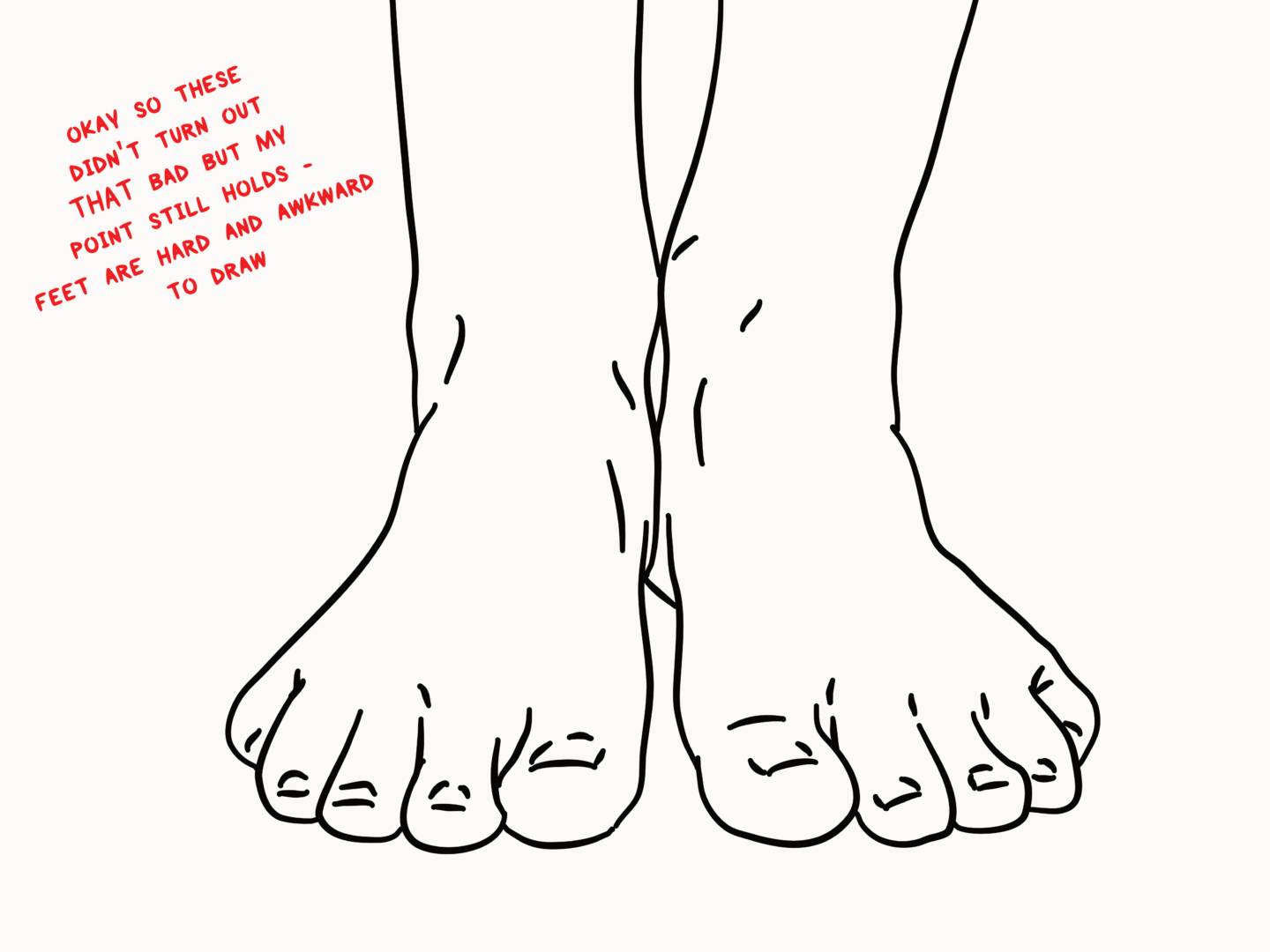
Feet
I have never been able to draw feet. What are toes? Seriously? They’re so weird. And how do you not just make them look like a blob at the end of a calf? Yes, I said a calf because sometimes my issues swallow someone’s ankles as well. Occasionally, although less so recently, shoes also cause me some pain. It’s a perspective thing.
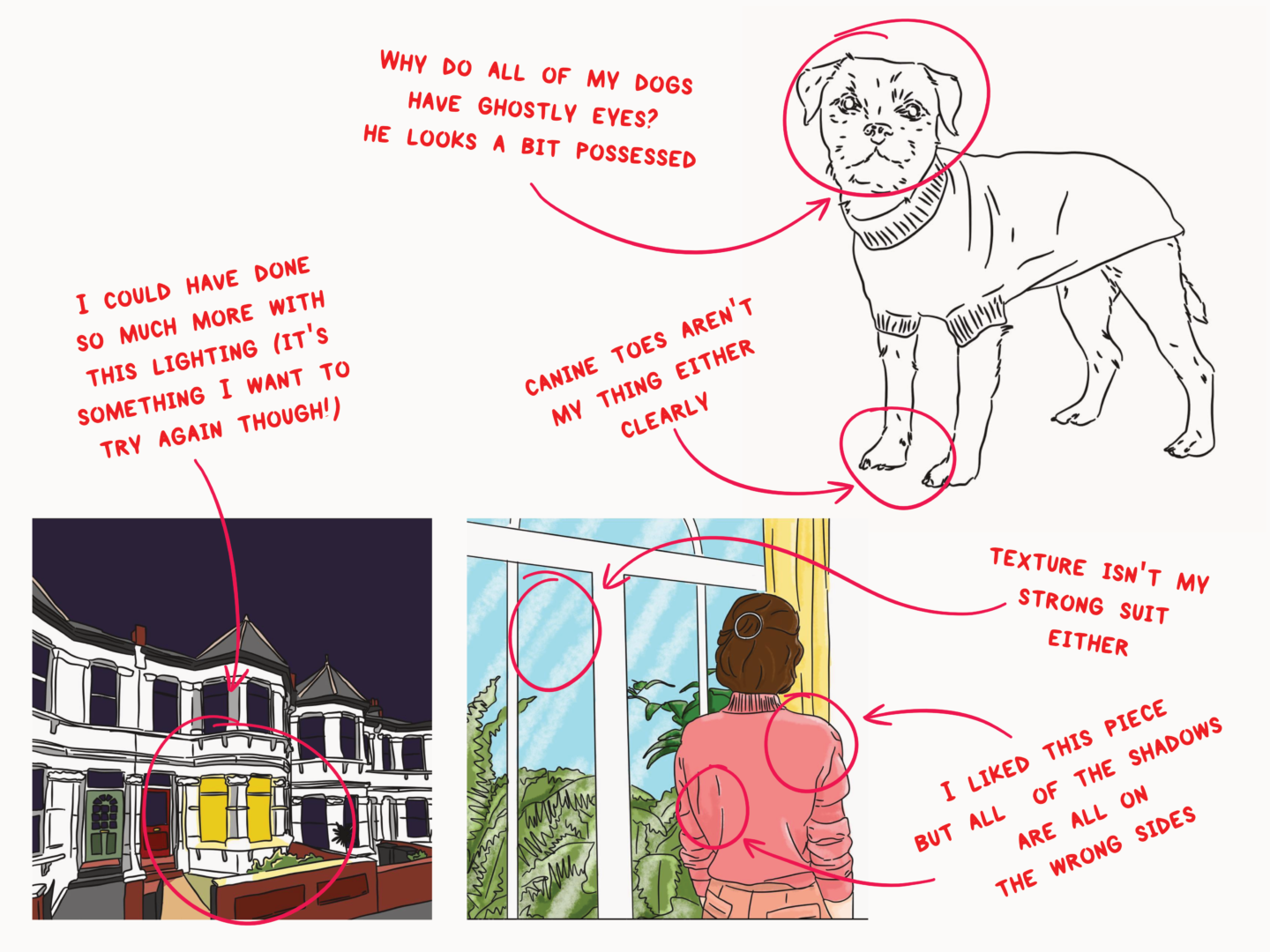
Dogs
This used to include all furry animals, but I think the bear I drew at the start of this year was a real breakthrough. But dogs, dogs I still struggle with. It’s the eyes that always get to me. The worst is trying to draw my own dog, probably because I know and love him, which means I’ll never do his lovely little face justice.
Small hands
I know this is quite specific, but I’m fine with images where the hands are the main focus, where they’re big and detailed and not really in relation to anything else. But small hands as part of full body illustrations have to be drawn over and over and over again until they look less like claws. Or, perhaps worse, until they look less like hands made out of sausages.
Light
This has come from me being super out of practice when it comes to adding colour to my images, but I seem to have lost all ability to add in light to an image. Sure, I can add the occasional highlight, but when it comes to light streaming through a window (something I desperately want to nail) I’m just not there yet. I say yet because I have to trust that it’s only a few more reference images and practice sketches away.
But it’s not all sucky…
It’s not all doom and gloom. I used to think beards (and stereotypically male hair in general) were so hard to draw. I could never get to a middle ground between lego man and whispy straggles. But, thanks to portrait commissions, and a lot of practice, I think I’ve found my beard groove. Similarly, my noses a year and a bit ago were awful. But thanks to drawing them, again and again, I’ve found a way to draw them that works for me.
So, if you, like me, have some stuff you suck at drawing (I think we all do) just keep at it, it does get better. You just have to draw a lot of weird beards.


